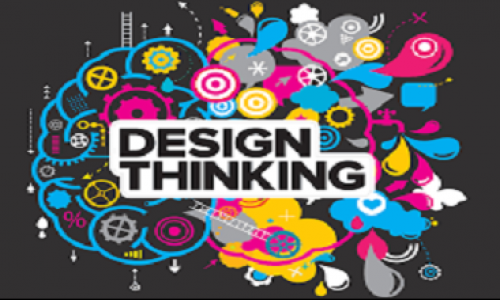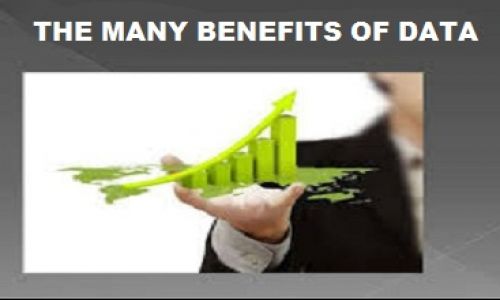Engagement, as research indicates, leads to better business performance and customer satisfaction.
To be successful, your organisation needs your employees to be dedicated, energetic and wholeheartedly engaged to the purpose of the business and should provide the best service to customers.
Modern day employees don't want to be managed but want to be led and you have to ask yourself how you are going to address their needs and wants.
Design thinking is a process for practical, creative resolution of problems or issues that look for an improved future result.
It is the essential ability to combine empathy, creativity, and rationality to meet user needs and drive business success. This eliminates the fear of failure and encourages maximum input and participation in the ideation and prototype phases.
Here are 4 areas to rethink and how you can use design thinking to date, get engaged and tie the knot with employees by focusing on the employee experience.
* You need to empathise with your prospective and current employees and check whether your aspirations, values, preferences, likes, and dislikes, are in sync with the organisation.
Once you have identified a common thread that can bind you, you get engaged. As you spend considerable time in each other's company and engage with others to make the business great, you get to reiterate that you have made the right decision.
Use design thinking tools to create employee personas, employee empathy maps, and map the employee experience journey. By humanising the personas and creating different segments of the multi-generational workforce, you get insights beyond surface level demographics and psychographics, that is critical to customise their experience at the different stages of the employee lifecycle and minimise turnover.
Understanding who your 'customers' are should be very clear from whom you do not want, which characteristics are a good fit for your culture, how they are unique, what frustrates them in an employer or manager, and what 'tools' they need is the first step.
* To succeed in the dynamic work environment, leaders are constantly making changes and setting new performance expectations.
It's critical that they understand what can positively or negatively impact the employee experience.
Your leaders 'need to know your employee's ability and preparedness to either live through and survive and thrive through the change or meet the performance expectations.'
By capturing the Voice Of Employees (VoE) and analysing workforce insights, you can determine the way forward. It also gives employees an opportunity to share honest feedback on the reality.
This may put you on a path towards better training for managers, using technology, flexibility in the workplace or other solution.
* If your business is constantly evolving and growing, your staff need to be equipped with skills to function efficiently in the digital world. By not doing so on time, it can either lead them to underperform and eventually be asked to leave, or the employee will be frustrated and leave.
Your L&D team no longer can play a reactive and supportive role. They have to redesign learning and have to establish close linkages between the learning styles of ‘digital learners,' and the impact of learning outcomes with business goals in real-time.
By providing learning opportunities to existing employees, you can cut down the cost of hiring and training a new hire.
* Start promoting knowledge sharing in creative ways by every individual employee.
Every employee is wired differently and whether employees are a glass half empty or glass half full – what matters is they are involved because highly engaged employees give a better customer experience.
* The human resources team works as 'experience architects and designers'. You have to make all the tough choices at the right time to get the desired result.
Courtesy: www.peoplematters.in



